We’ve seen them in movies, TV shows and comics that depict bizarre creatures that live in far away places or under the sea. They usually look like something our brain had just made up while we were sleeping. However, some of these animals are real and you can see them if you just spend a little time on Google.
The following photos are of real animals living on our planet right now. Some are bizarre, some are beautiful and others will make you feel like the stuff of fairy-tales is actually real.
But beware, after seeing all these you might lose sleep wondering what other freaky life forms could be hiding in deep oceans or dark forests…
Bergamasco Shepherd
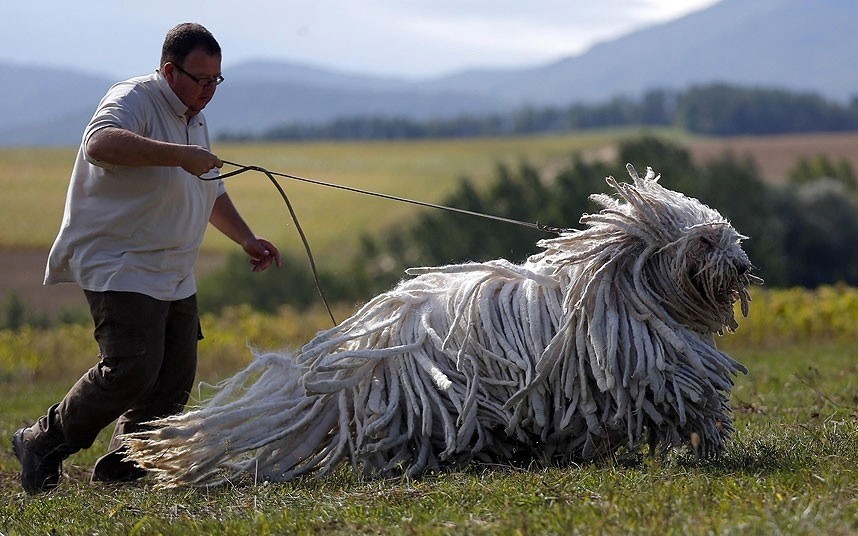
These herding dogs were bred for the freezing Alps and have evolved to possess thick dreaded coats.
Ankole-Watusi
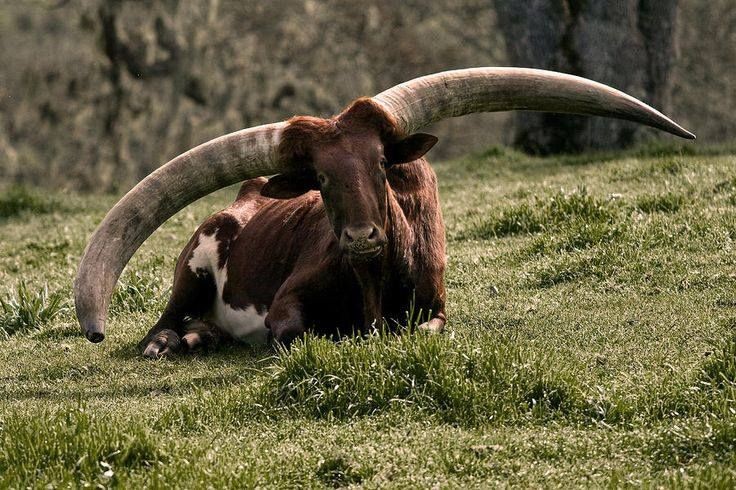
Ankole longhorns and their massive horns have survived in Africa for thousands of years. Their horns are used in defense and cooling and can weigh up to 100 pounds each and reach 8 feet from tip to tip.
Dumbo Octopus
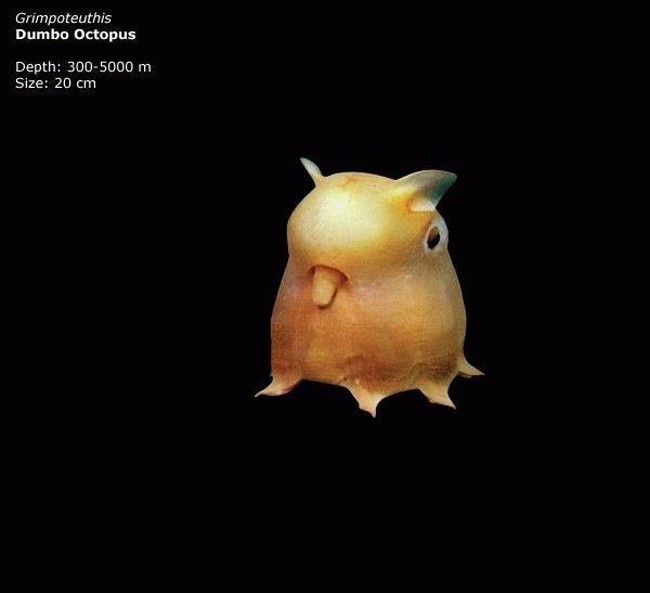
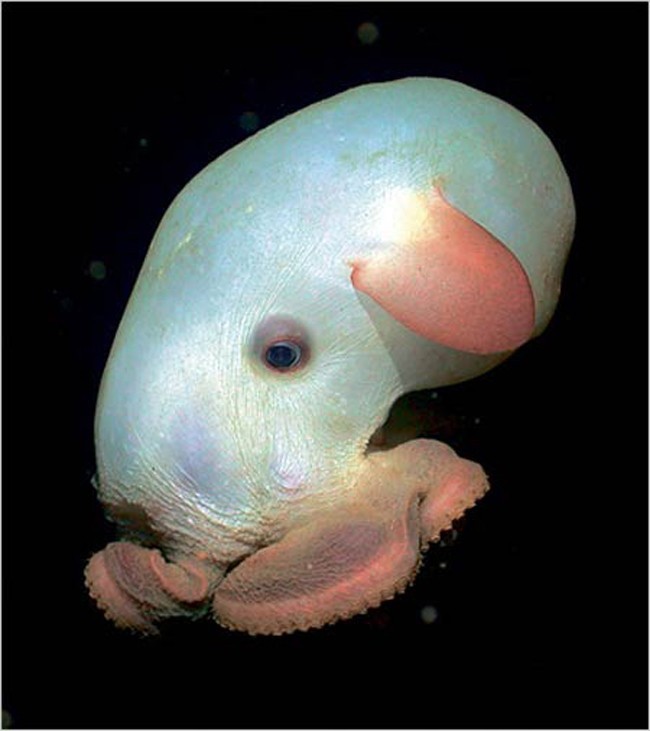
The ear-like fins of this octopus have earned it the name “Dumbo.” The octopus lives at extreme depths of 10,000 to 11,000 feet, searching for worms and other crustaceans at the seafloor.
Irrawaddy Dolphin
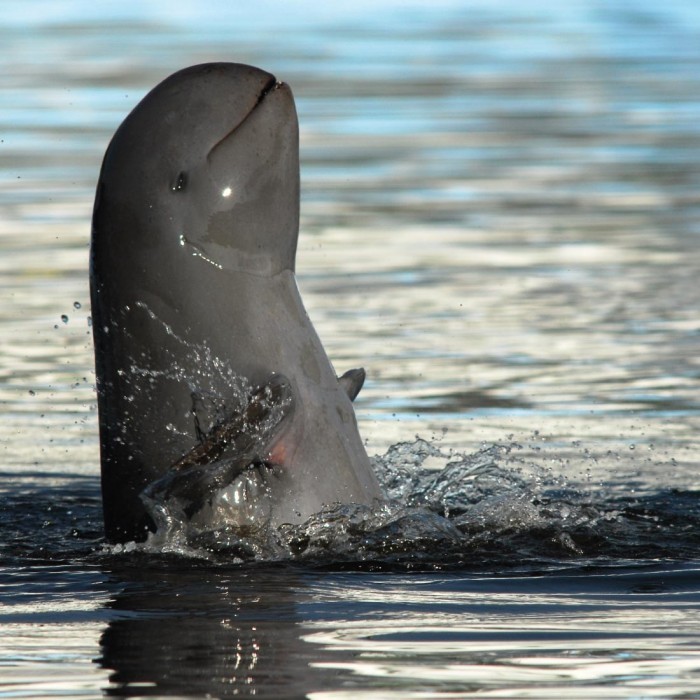

Irrawaddy dolphins are found in coastal areas in South and Southeast Asia. These animals are known for their bulging forehead and short beak, giving them a far stranger appearance than other dolphins.
Saiga Antelope
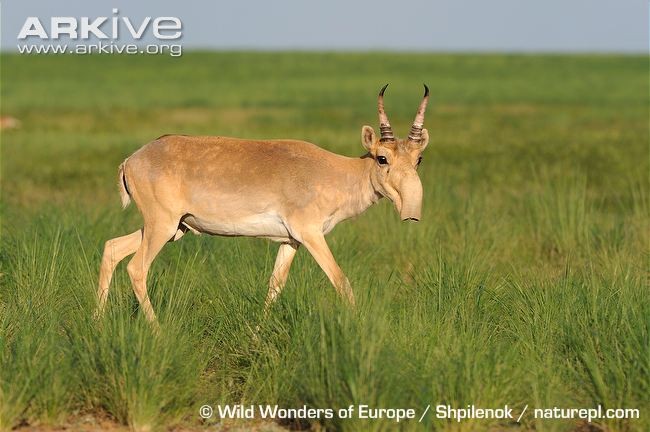
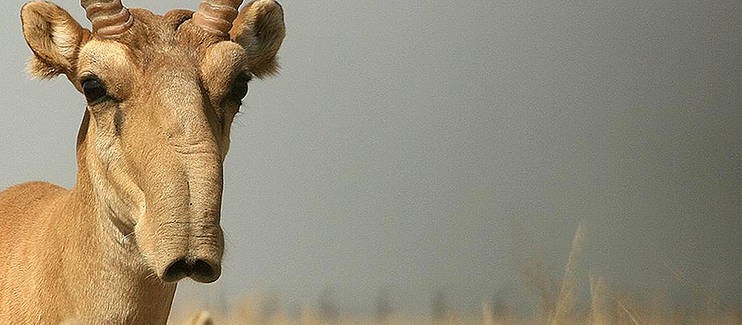
The saiga is a critically endangered antelope that inhabits the Eurasian steppe, including Dzungaria and Mongolia. Its strange nose is extremely flexible and helps to filter out dust kicked up by the migrating herd.
Red-Lipped Batfish
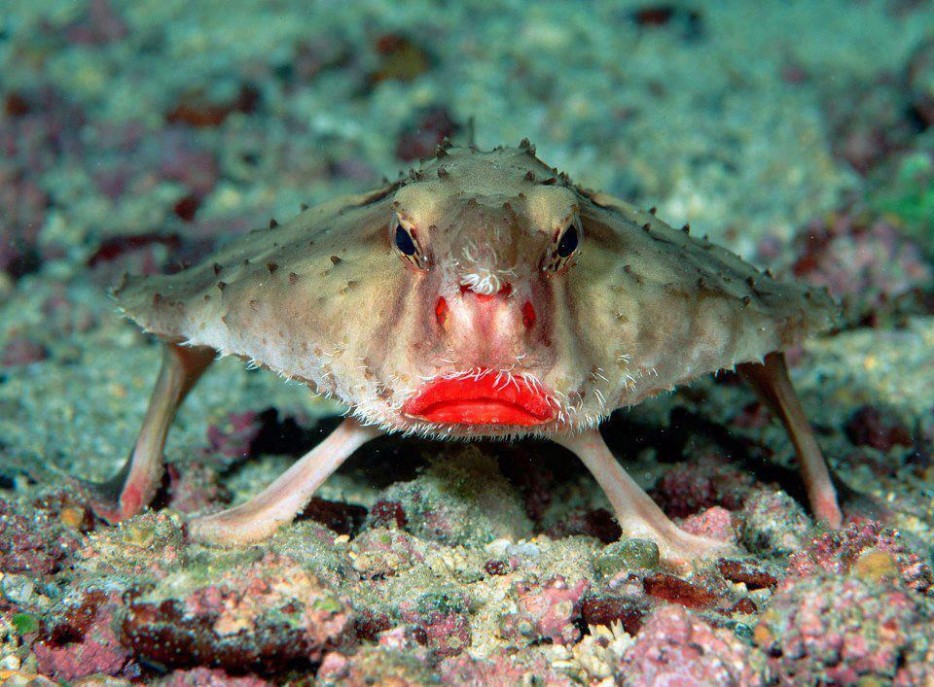
Batfish are found in the waters around the Galapagos Islands, but are terrible swimmers. Instead, the fish have learned to walk the ocean floor on their fins.
Chinese Water Deer

Chinese Water Deer have earned the nickname “Vampire Deer” for their prominent tusks, which are used in territorial battles.
Pyura Chilensis (The Living Rock)
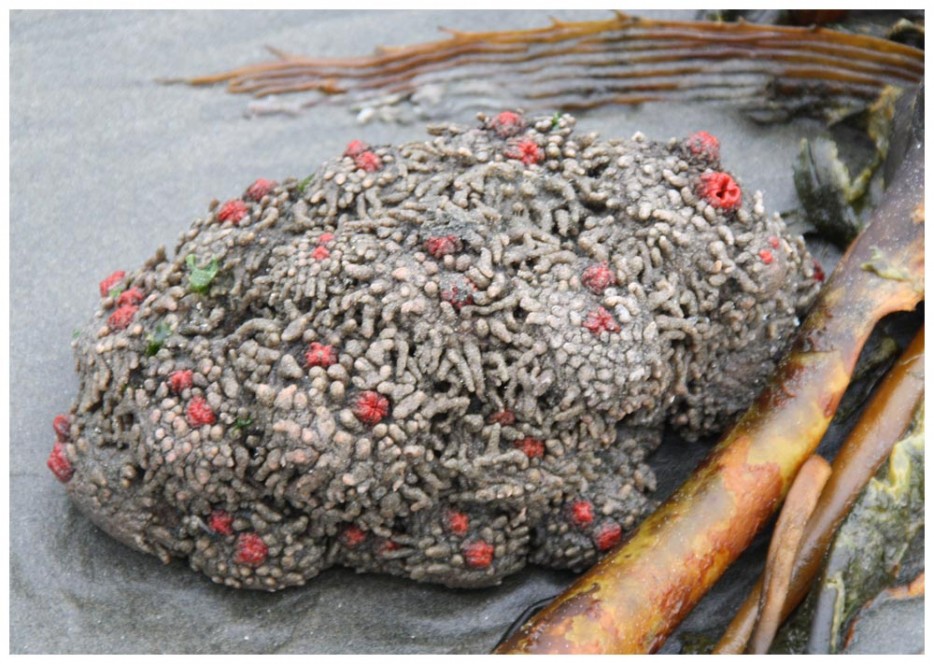
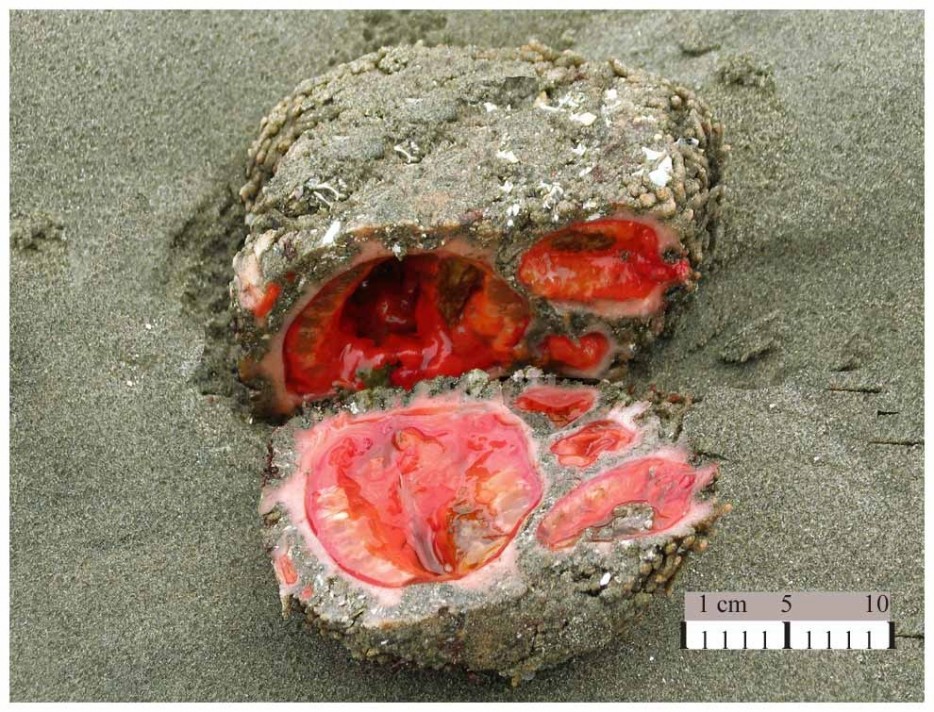
It can be difficult to believe, but these “rocks” are living, breathing organisms. Their appearance allows them to blend into Chilean beaches and avoid predators. Interestingly, these creatures have both male and female organs and can breed individually.
Pacu Fish

The Pacu Fish, native to South America, is nicknamed the “ball cutter” by local male fishermen, who fear swimming in the water because of the animals human-like smile.
Glaucus Atlanticus
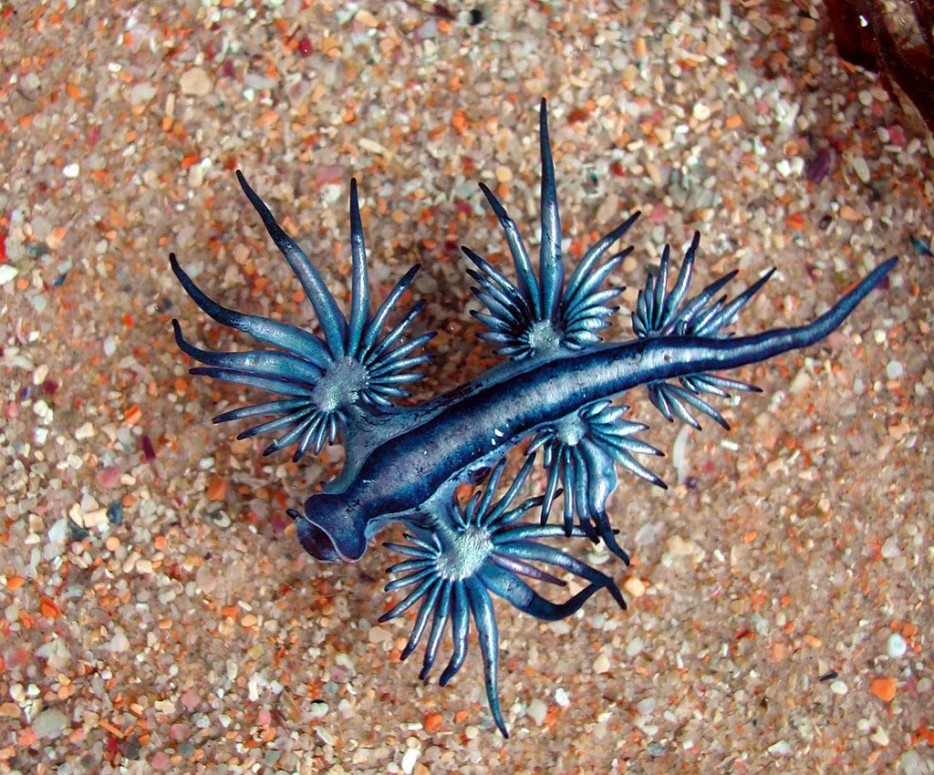
Called the “blue dragon”, this fantastical creature is actually a one inch long sea slug. Commonly found off the East and South Coast of South Africa and Australia, divers should beware the powerful sting of this beast.
Bearded Vulture
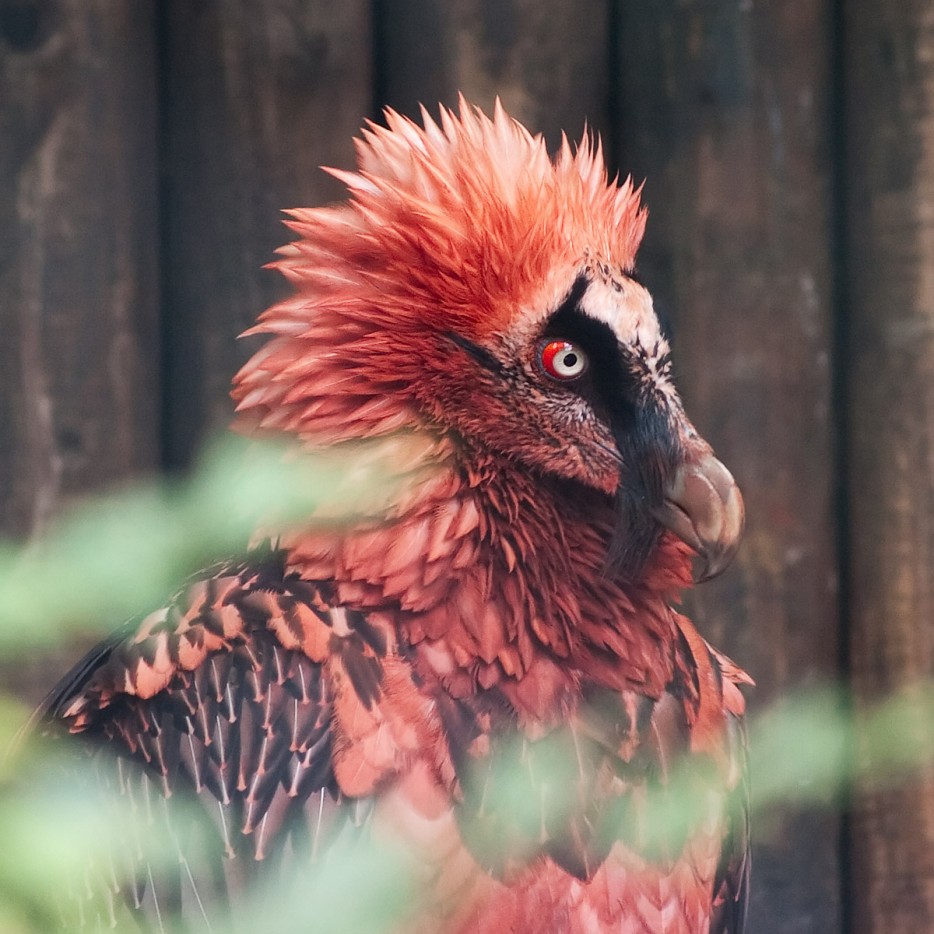
These beautiful birds inhabit Everest, the Himalayas and other mountainous regions in Europe and Asia. They were nearly eradicated because people used to fear that bearded vultures would attack lambs and children, and now, the WWF estimates only 10,000 are left.
Eastern Long-Necked Turtle
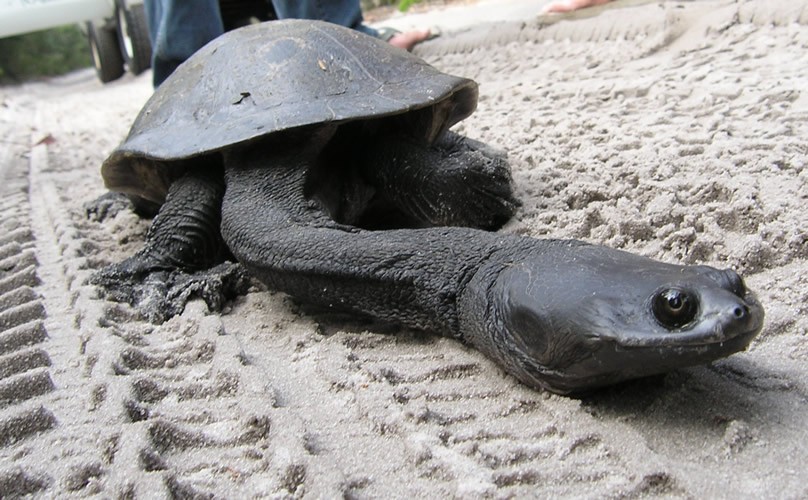
These turtles with a rather literal name can be found throughout Australia. Their remarkable necks can reach the same length as their shells, or around 10 inches.
Surinam Toad
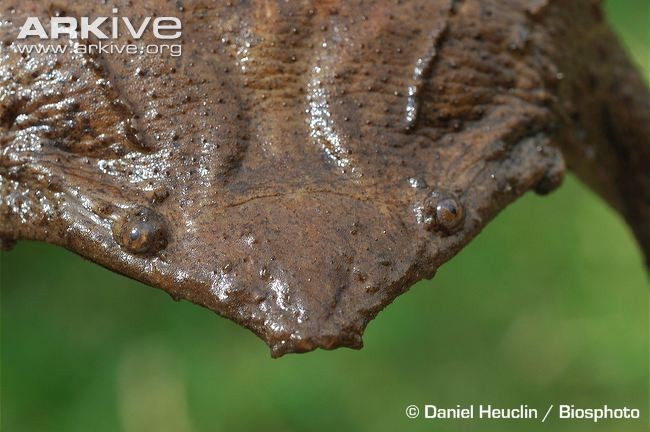
Native to South America, the leaf-like appearance of the surinam is a natural defense against predators. The toads have a unique breeding method, where the male plants fertilized eggs into the back of the female who carries them until they emerge from pockets in her skin.
Sarcastic Fringeheads

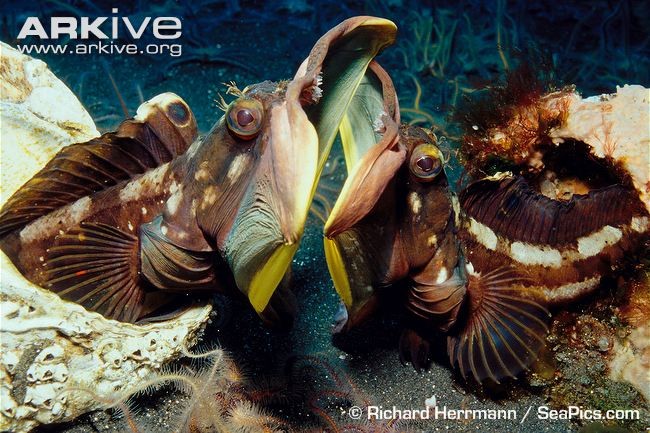
While the name would have you think otherwise, these fish are far more vicious than they are sarcastic. Found in the waters off the West Coast of America, fringeheads can grow 12 inches long and have eerily large mouths, which they press up against each others, as if kissing, to assert authority.
Chrysopelea (The Flying Snake)
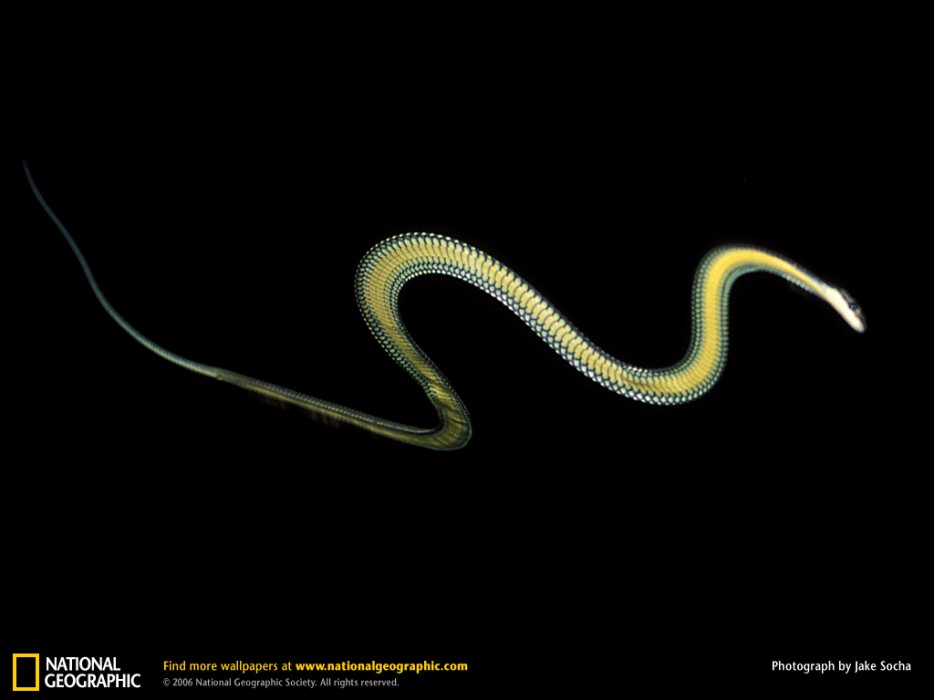
In what is many people’s worst nightmare, this serpent climbs trees and then jumps down. By flattening its body and flaring out its ribs, the snake can glide through the air.
Ring-tailed Cat

Ring-tailed cats are a member of the raccoon family, native only to arid regions of North America. The ringtail is said to be so easy to domesticate that miners and settlers once kept them in their cabins as companions and vermin hunters, earning the name “miner’s cat.”
Blobfish
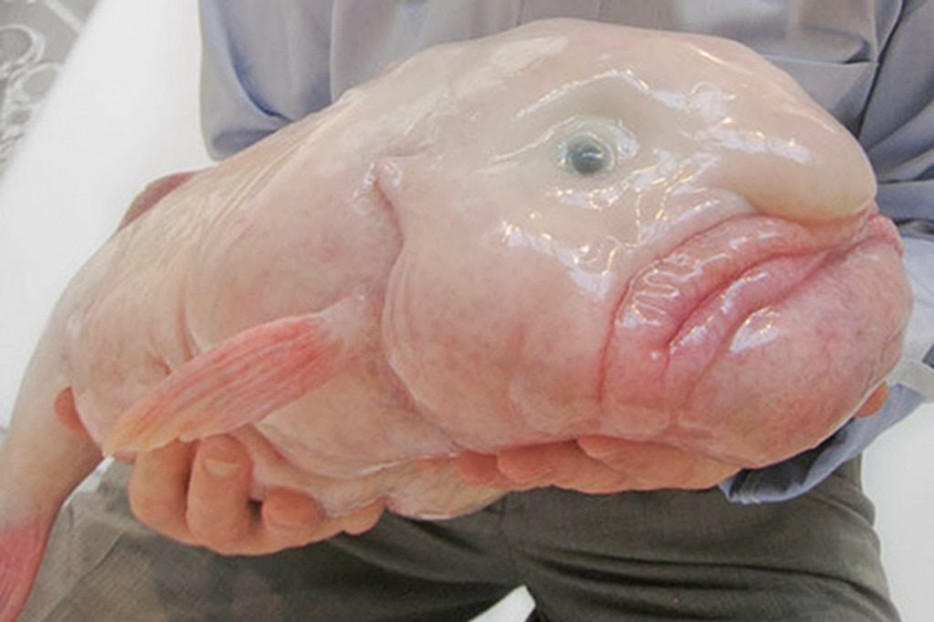
Deep in the waters off the coast of Australia and Tasmania is the ‘unique’ blobfish. The flesh of a blobfish is a gelatinous mass that’s less dense than water, giving the fish its unique look, and allowing it to float above the seafloor without swimming.
Lowland Streaked Tenrec
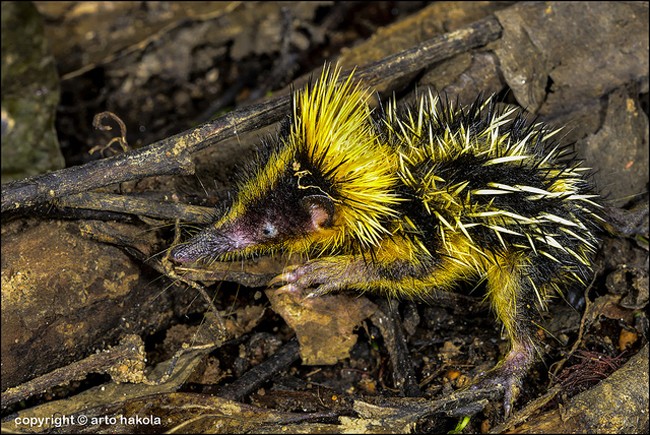
Found only in the rainforests of Madagascar, this strange creature is somewhat similar to a porcupine. The barbs on the animal’s back act as both a defensive measure and a complex communication system. The quills produce a faint chattering sound when vibrated and families learn to talk through this sound.
Enypniastes
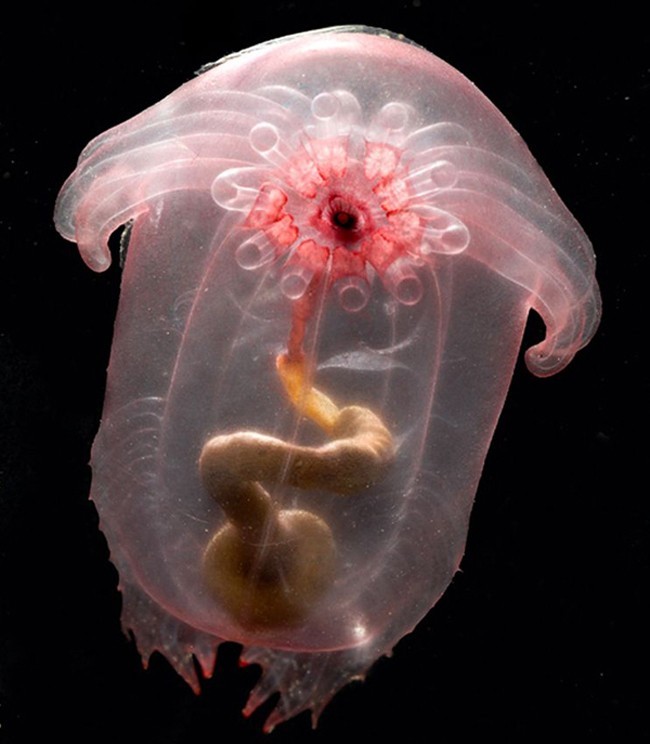
Enypniastes is a deep sea cucumber which leaves nothing to the imagination and lives at depths of up to 16,400 feet. The red area is the animal’s mouth. Around it are tentacles, which scoop up edible mud from the seafloor. From there, it enters the creatures gut.
Gobi Jerboa
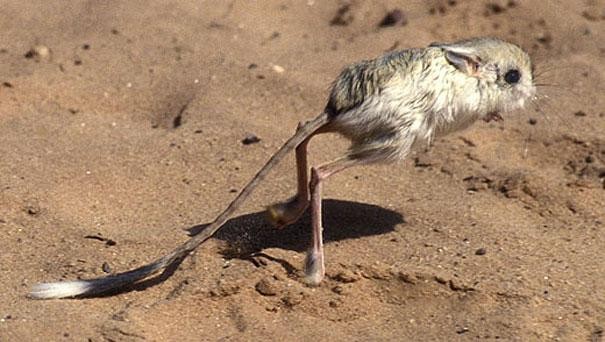
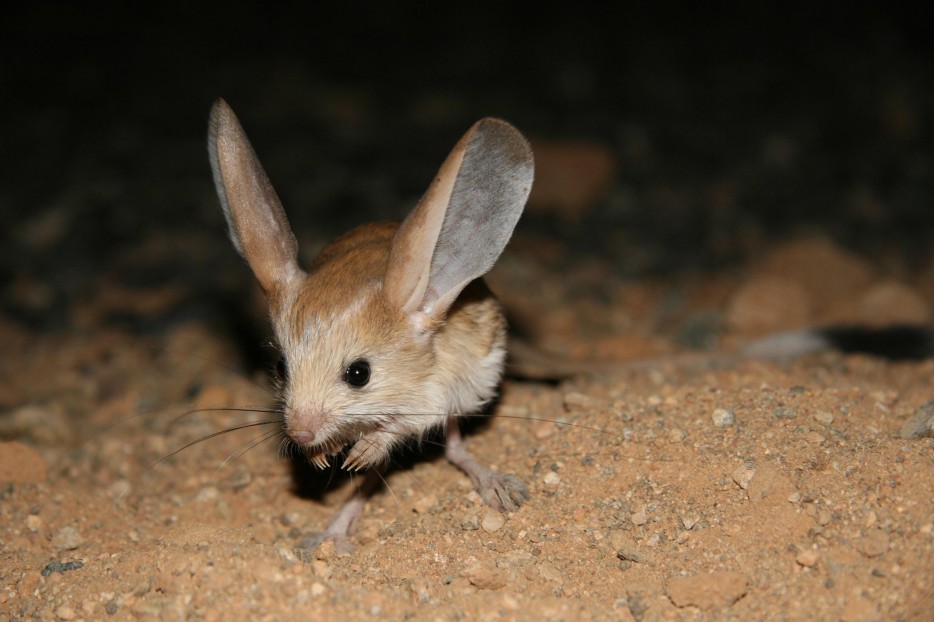
The Gobi Jerboa is a species of rodents found in China and Mongolia. Jerboas have kangaroo-like hind legs which make the creature an amazing runner and jumper. Along with disproportionately large ears and tails, which enhance hearing and balance, this is a truly bizarre creature.
Japanese Spider Crab

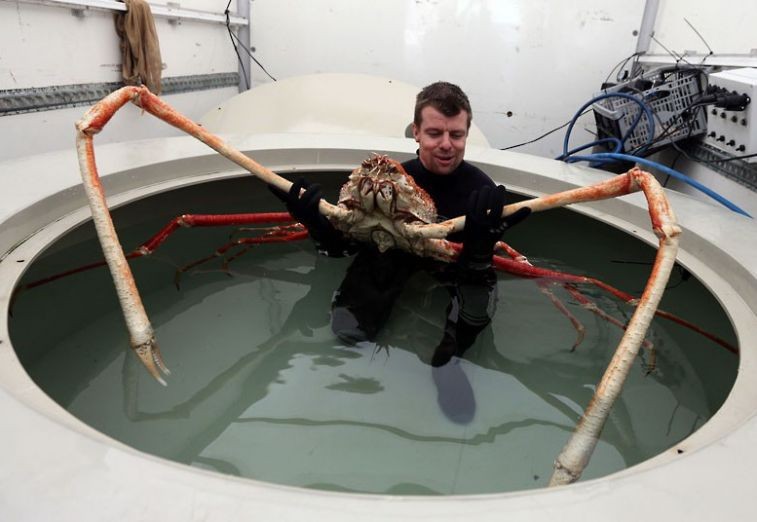
This arthropod can reach heights of 12 feet tall and weigh up to 42 pounds, all while moving like a spider – yikes! The crabs are only found in the waters off the island of Honshū.
Frilled shark
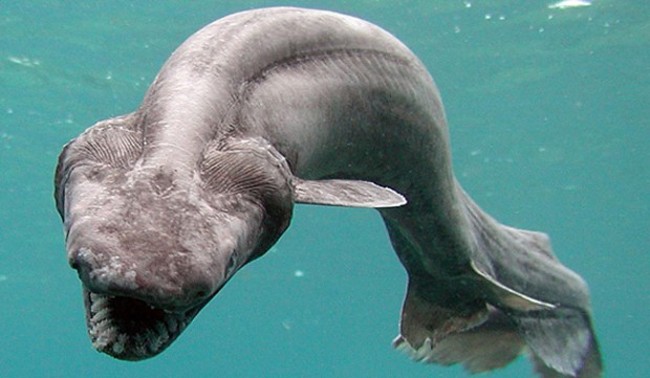
In the waters of the Atlantic and Pacific Oceans this prehistoric beast boasts 300 trident-shaped teeth, aligned in 25 rows to rip through any prey. Scientists also believe that the frilled shark breaks the record for gestation periods amongst sharks, taking three and a half years to give birth.
Gharials
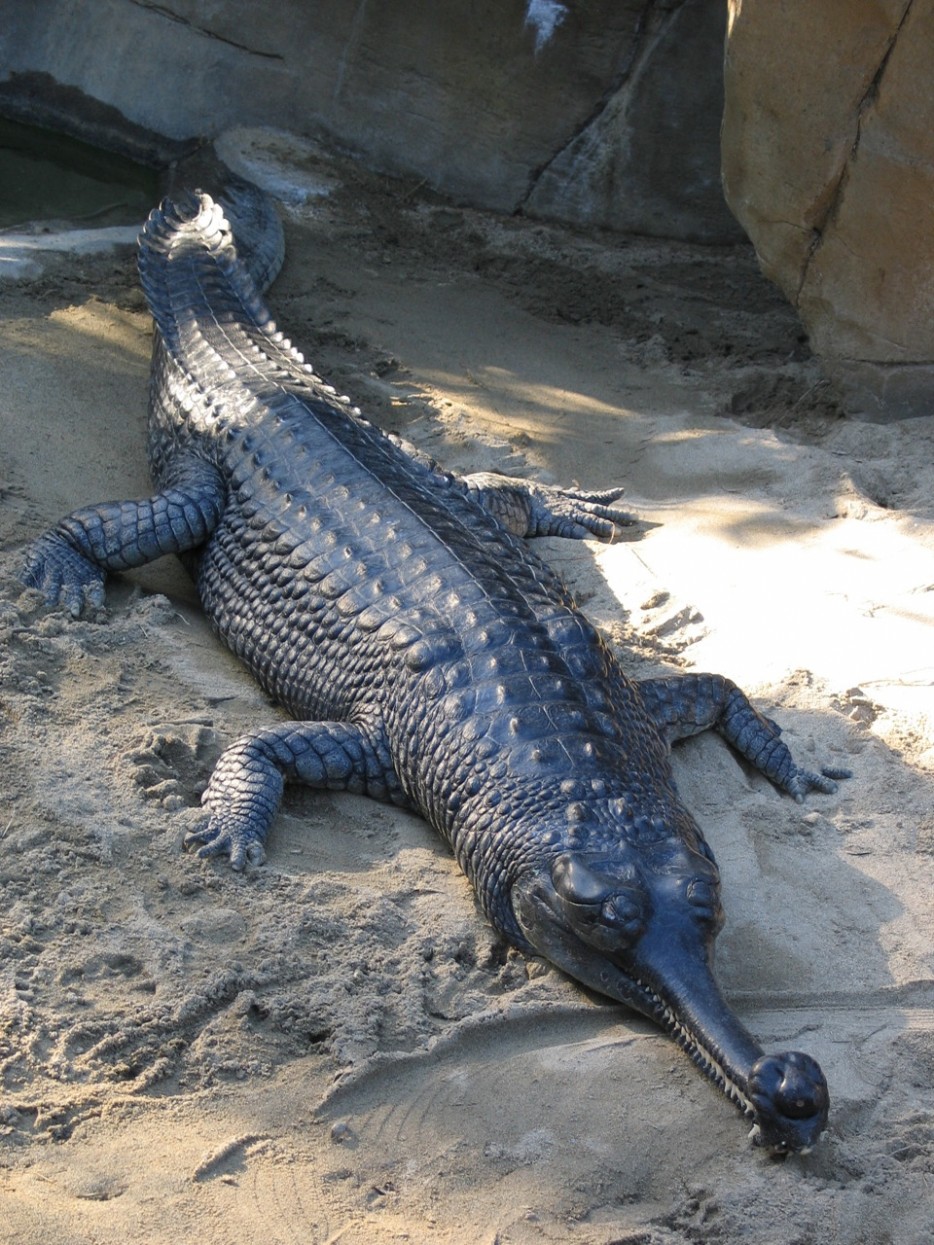
These 20 foot long lizards weigh in at 350 pounds and used to dominate all major river systems, where their long, thin jaws proved adept at hunting and eating fish. Overfishing by humans has seen these reptiles reduced to 2% of their former strength.
Yeti Crab

Only recently discovered in 2005, not much is known about this hairy crustacean found in the South Pacific Ocean.
Snub Nosed Monkey

David Attenborough once remarked that these marvelous monkeys look like “elves” and others like “plastic surgery gone too far.” Found in Asia, at heights of up to 13,000 feet, these primates with a short stump of a nose are rarely spotted.
Barreleye
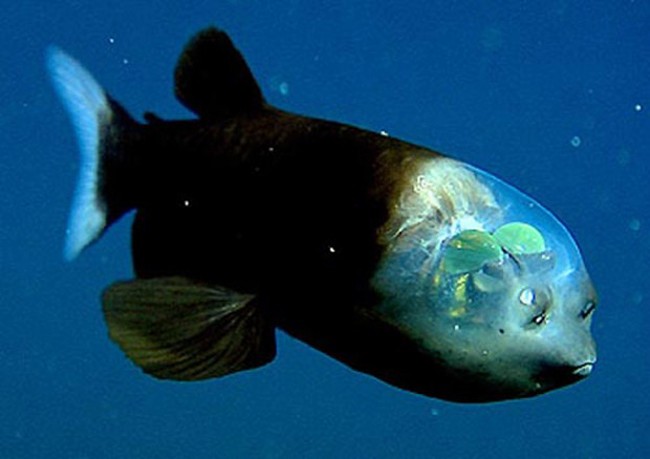
The barreleye, found at depths of 2000 feet in the Atlantic, Pacific and Indian Oceans, is most notable for its transparent head and highly sensitive eyes. The green lenses above each eye allow the fish to filter out what little sunlight makes it down to these depths and focus on the lights of its prey.
Gerenuk

Gerenuk comes from the Somali language and means “giraffe-necked.” To feed from taller branches, gerenuks will stand on their hind legs.
Goblin Shark
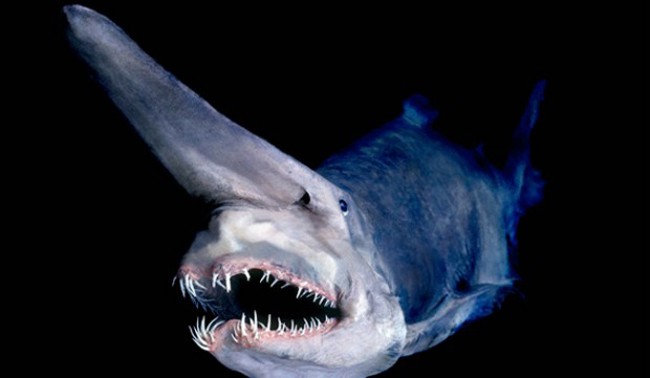

he terrifying goblin shark measures between 8 and 13 feet and was first discovered in 1898. Referred to as a ‘living fossil,’ these terrifying animals are the only surviving member of a 125 million year-old family.
Mantis Shrimp
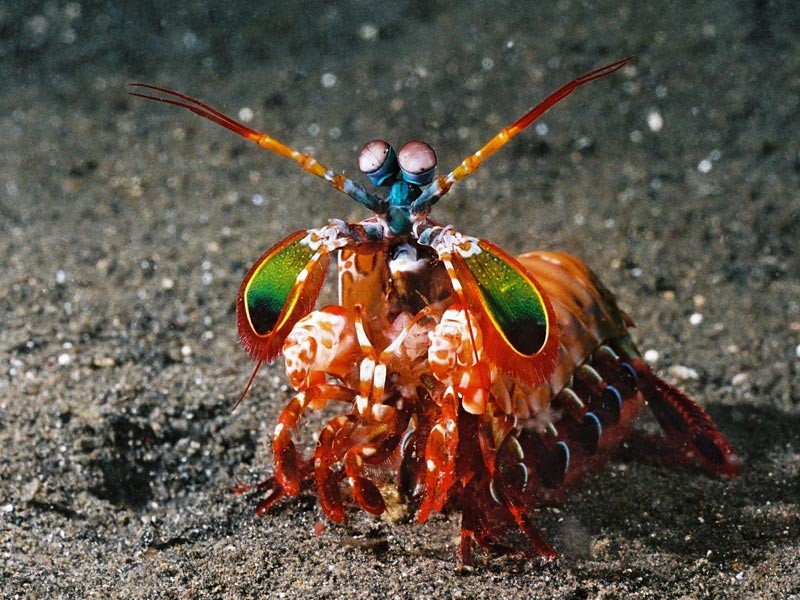
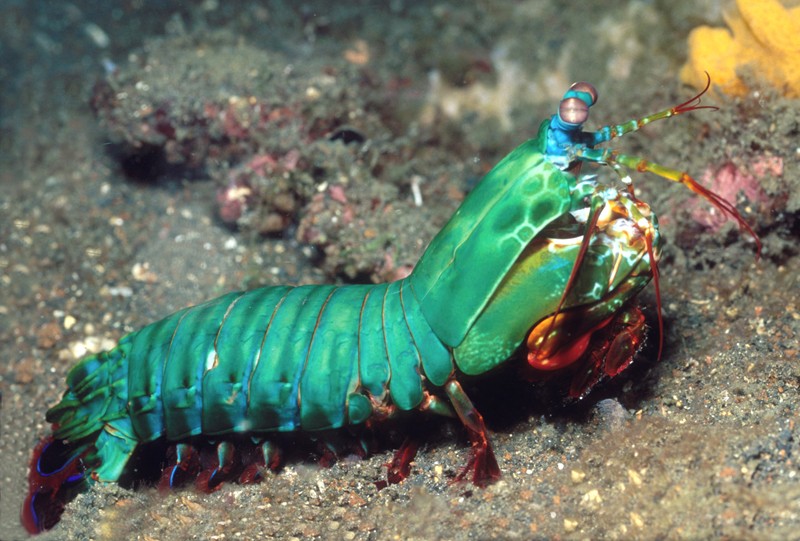
The colorful mantis shrimp spends most of its life tucked away in burrows and holes, meaning that we know very little about them. Ancient Assyrians referred to the creatures as “sea locustus”, while more recently they have been called “prawn killers” and “thumb splitters,” because of their extremely powerful claws. The shrimp is capable of breaking through aquariums by moving at speeds of up to 50 miles per hour.
Star-Nosed Mole
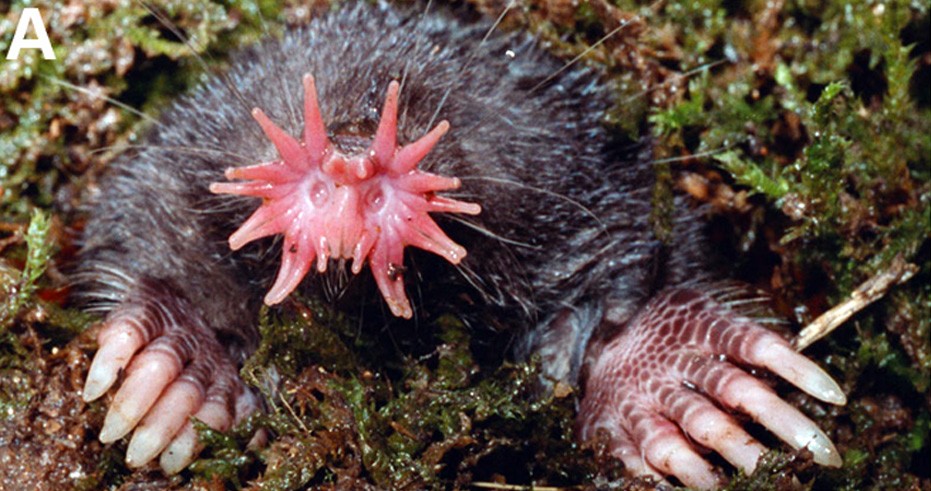
Native to North America are these strange moles with alien-like tentacles on their noses. Living most of their lives underground, these animals are a rare sight to humans as well as mostly blind. Their tentacles give them an extremely good sense of touch and can also detect the minute electrical fields given off by their prey.
Aye-aye
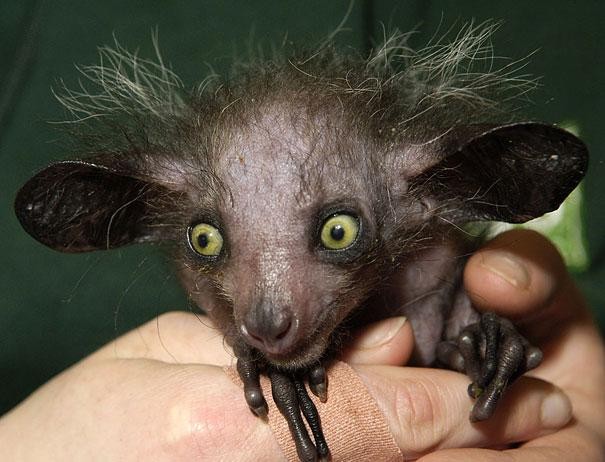
The aye-aye is a nocturnal lemur native only to Madagascar. The creature has rodent-like teeth which it uses to chew small holes into trees and then uses its narrow fingers to pull grubs out.
Panda Ant

This fluffy creature with panda markings is actually a type of wingless wasp from South America. It has only been spotted a handful of times but it is known to have a potent sting.
Leaf-Tailed Gecko

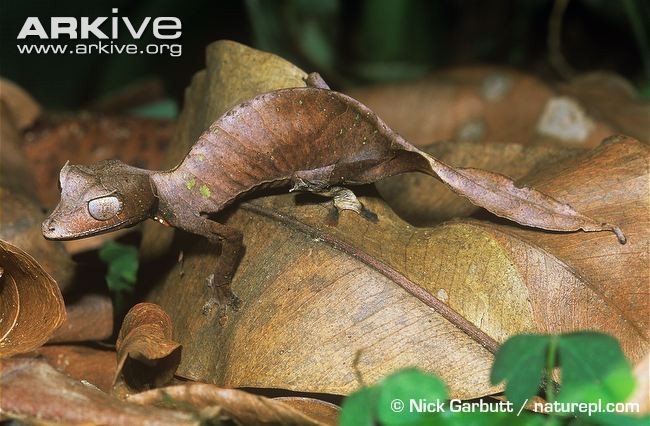
Can you spot the lizard in the first image? The leaf-tailed gecko is a master of disguise found in Madagascar. With a leaf-shaped tail, it can blend into dense jungle.

